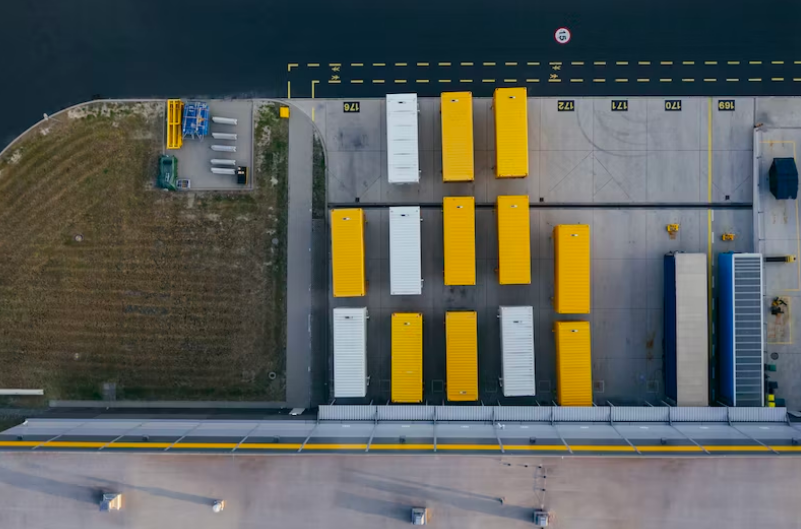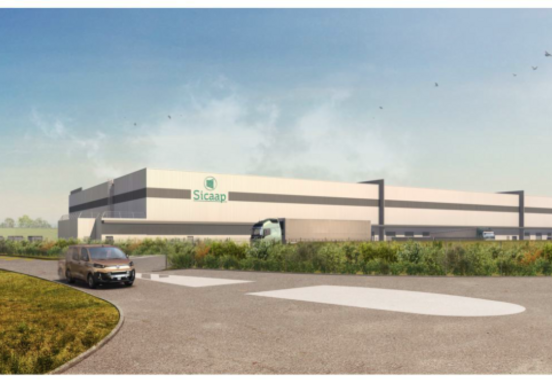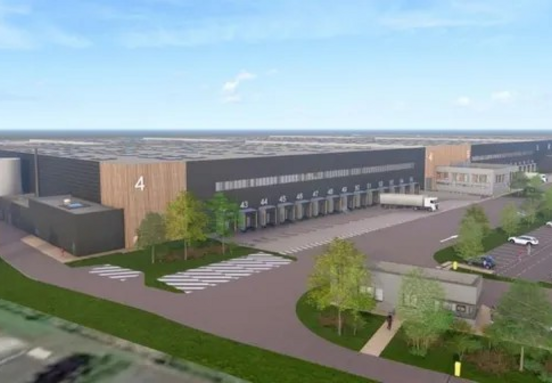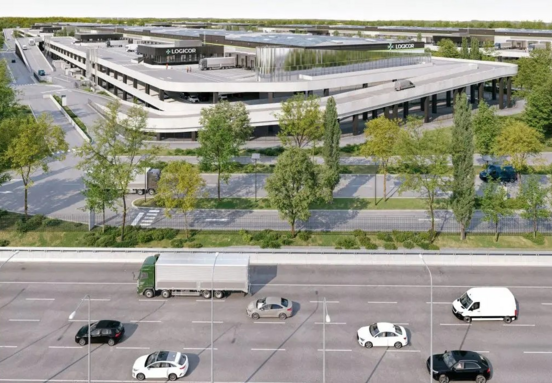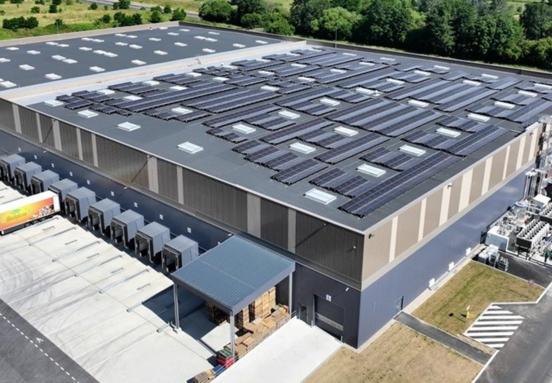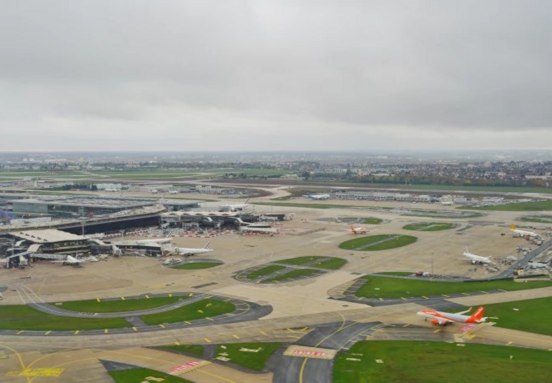The warehouse is indeed capable of producing green energy that covers 55% of the energy needs for heating and lighting of the 12,000 m² site. The area is divided into two parts. One is already occupied by the French healthcare giant Sanofi, and the other will soon be by the American parcel and courier transport company DHL.
Over the course of the year, more than half of the energy consumed is produced on-site thanks to a fairly simple system. On one hand, an air-to-air heat pump generates enough energy to heat the facility in winter or cool it in summer. Gas is completely banned.
Electricity production stored and used on-site
To operate the heat pump and supply electricity to the site, a 3,000 m² photovoltaic plant was installed on the roof, complemented by a battery storage system that distributes green electricity throughout the day. About thirty batteries are needed.
The batteries discharge around 5 or 6 a.m. The site then draws electricity from the main grid until the sun powers the panels and batteries again. The batteries distribute electricity continuously, even in the evening, until they run out. And the cycle starts again the next morning.
The autonomy rate has gradually increased over the seasons to reach 76% in August 2022. Depending on the time of year, production is sometimes even surplus and can thus supply other tenant customers’ needs. These tenants can monitor electricity production and consumption in real time and choose how to use it.
All the production is used internally, benefiting the clients who make significant savings: about €4/m² per year, estimates Argan. This justifies a slightly higher rent, but one that is “more than offset,” assures the company, which is already ready to install a second site in the country in addition to the five others already launched in France.
Preparing for the future
Experiments in the private sector are very promising; these ideas can then be adapted for public use.
